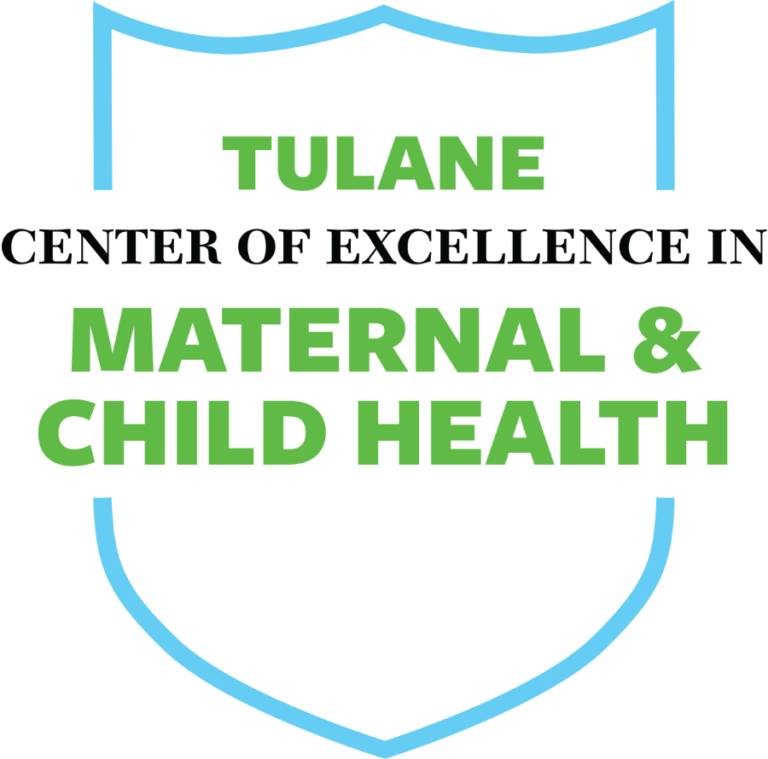Join ASTHO and the CDC to learn how state health agencies can collaborate with educational and tribal health agencies to implement programs that increase youth protective factors to prevent youth health risk behavior.
The 2017 ASTHO President’s Challenge highlights that increasing protective factors is a key primary prevention strategy to prevent risk behavior such as substance misuse.
The Healthy Youth Development Prevention Research Center at the University of Minnesota is implementing Partnering for Healthy Student Outcomes, a two-part program that increases educational attainment and reduces risk behavior for middle school students though in-class, evidence-based social-emotional learning and teacher professional development. Presenters will discuss how increasing protective factors through programs improve health and academic outcomes and how states can incorporate protective factor measures in state surveillance systems.
The Oregon Health and Science University Center for Healthy Communities and Northwest Portland Area Indian Health Board are collaborating to disseminate and evaluate Native STAND (Students Together Against Negative Decisions), an evidence-based program that improves decision-making skills to prevent early pregnancy, sexually transmitted infections and substance use for Native American high school students. Presenters will describe strategies for engaging tribal health agencies to develop programs for Native American youth.
Date: June 15th, 2017
Time- 3:00 PM – 4:00 PM EST
Register for this webinar HERE
